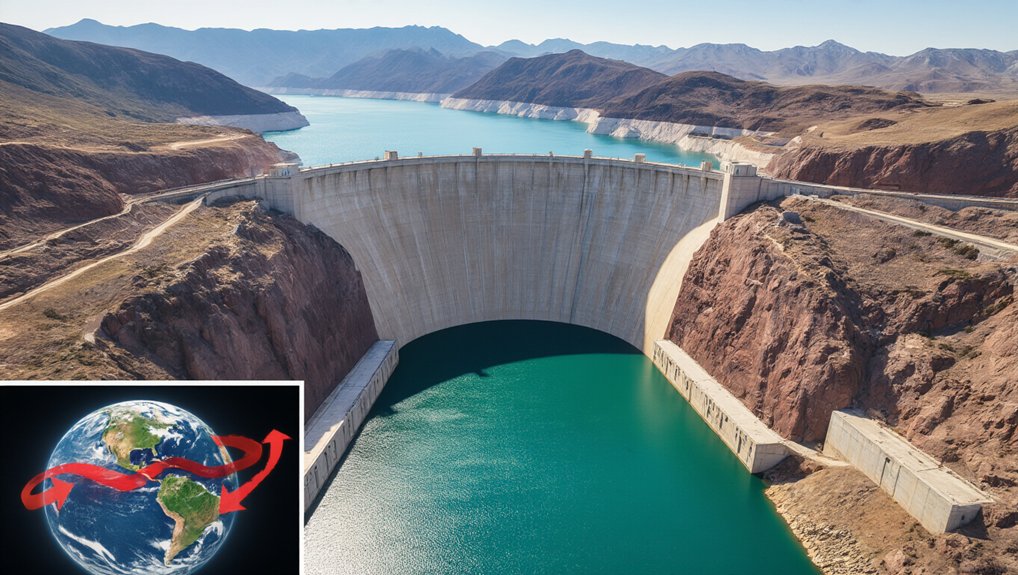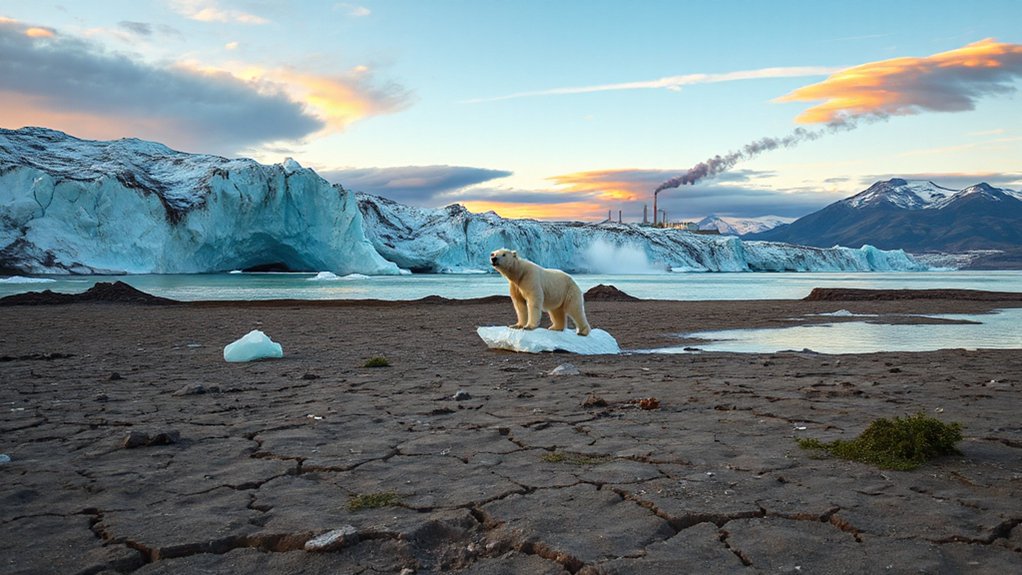Urgency grips the scientific community as global temperatures continue their alarming climb. April 2025 marked the second-hottest April on record, with temperatures exceeding 1.5°C above pre-industrial levels. This follows January 2025, which was the warmest January ever recorded at 1.75°C above pre-industrial levels. For 18 of the past 19 months, global temperatures have surpassed the critical 1.5°C threshold.
The effects of this warming trend are visible worldwide. The Climate Risk Index 2025 shows rising human and economic losses from extreme weather events. Storms are becoming more frequent and severe. Record-breaking temperatures correlate with more heatwaves, droughts, and wildfires. Arctic sea ice reached joint lowest levels on record in January 2025, threatening polar habitats and species. Coral reefs are experiencing massive die-offs due to rising ocean temperatures, threatening marine biodiversity.
While these temperature spikes don’t mean the Paris Agreement has failed yet, they highlight the urgency of climate action. The agreement targets long-term trends over decades, not individual years. Still, continuous record heat even during La Niña periods, which typically bring cooling, raises serious concerns among experts.
Climate change isn’t waiting for policy—it’s reshaping our world today despite natural cooling cycles.
The economic toll is mounting. Insurance claims for natural disasters are increasing. Infrastructure struggles under the stress of extreme weather. Farmers face higher risks of crop failures. Vulnerable communities suffer the worst impacts, with developing nations bearing disproportionate burdens despite contributing least to the problem.
Environmental changes extend beyond temperature alone. Wildlife migration and breeding patterns are shifting. Ocean warming disrupts marine ecosystems and fisheries. Changing precipitation patterns lead to more intense droughts and floods. Lower middle-income countries are most heavily represented among the top 10 nations affected by climate disasters according to long-term CRI data. Biodiversity loss accelerates as ecosystems fail to adapt quickly enough.
Multiple international monitoring agencies, including Copernicus Climate Change Service and NOAA, confirm these trends through extensive data collection. The evidence is clear: climate change isn’t a future threat—it’s changing our world now. The past year’s data shows a concerning 12-month period from May 2024 to April 2025 with temperatures 0.70°C above the 1991-2020 average.
While temperature anomalies vary by region, with some areas experiencing below-average temperatures, the global trend points decisively toward a warming planet with increasingly disruptive consequences for daily life.
References
- https://www.ncei.noaa.gov/news/global-climate-202501
- https://www.germanwatch.org/en/cri
- https://climate.copernicus.eu/copernicus-second-warmest-april-globally-global-temperature-still-more-15degc-above-pre-industrial
- https://www.ncei.noaa.gov/access/monitoring/monthly-report/global/202501
- https://wmo.int/media/news/january-2025-sees-record-global-temperatures-despite-la-nina








